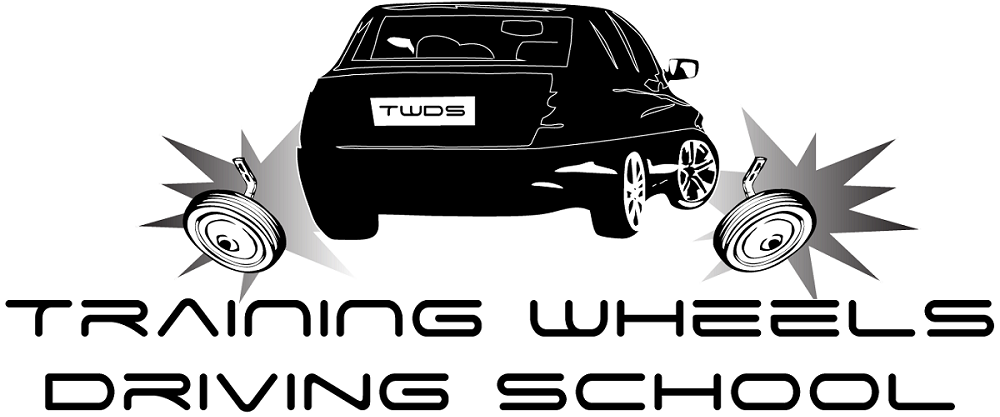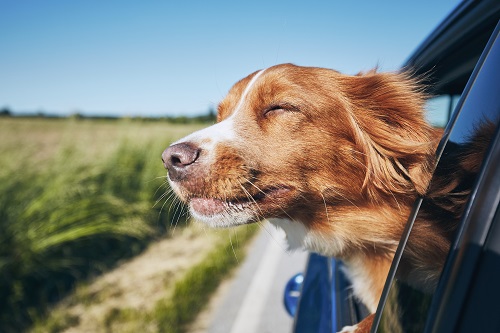For some dogs, a ride in the car is just about the greatest thing in the world. However, just as people can, dogs can develop motion sickness, and even short car trips can cause high levels of stress in dogs and high levels of disgust in owners if their dogs throw up their breakfast all over the seat. Luckily, there are methods for easing and eliminating motion sickness in dogs, including medication and conditioning.
Regarding which dogs are more prone to motion sickness, it has less to do with breed and more to do with age, as the inner ears of puppies and younger dogs are likely still developing. If their first car rides cause nausea, your dog may start equating travel with discomfort, even after their balance system matures fully. Therefore, dogs suffering from motion sickness must be treated immediately. Additionally, stress can worsen motion sickness—if your dog only gets in the car to visit the vet, the discomfort they associate with cars can become more pronounced. If your dog still looks ill after a few car rides, you should consult your vet about treatment.
Symptoms of Motion Sickness
While vomiting is the most common symptom of motion sickness, there are other symptoms to watch for as well, including the following:
- Inactivity
- Uneasiness
- Listlessness
- Panting or yawning
- Excessive drooling
- Whining
If your dog starts to develop a fear of being in cars, your vet or a veterinary behaviorist could help determine the cause, whether it’s motion sickness, another unrelated anxiety, or an orthopedic condition.
Treatment
To help you treat or even prevent your dog’s motion sickness, you might try one of these vet-recommend approaches:
- Keep your dog facing forward by strapping them in the seat using a specially-made canine seatbelt.
- Lower your windows several inches in order to equalize air pressure.
- Keep your car cool.
- Given them one or two treats each time they get in the car.
- Limit water and food intake before traveling.
- Give a toy to your dog that they enjoy and can only have while traveling.
- Take one or two-week breaks in between car rides.
- In addition to the vet, drive to places your dog enjoys like the park.
Also, you should build up your dog’s car ride tolerance gradually using the steps below, which should only take as much as a week to work:
- Get your dog accustomed to approaching your vehicle without going in.
- With your engine turned off, spend a short amount of time in your car with the dog.
- Take brief trips, such as up and down your street.
- Start taking longer trips and reward your good dog with treats or praise whenever they do something well.
If time passes and your dog isn’t responding to conditioning, consult your vet about medication specifically for motion sickness in dogs. However, if other issues like anxiety are involved, you may need to seek out additional therapies.
Photo By Chalabala

